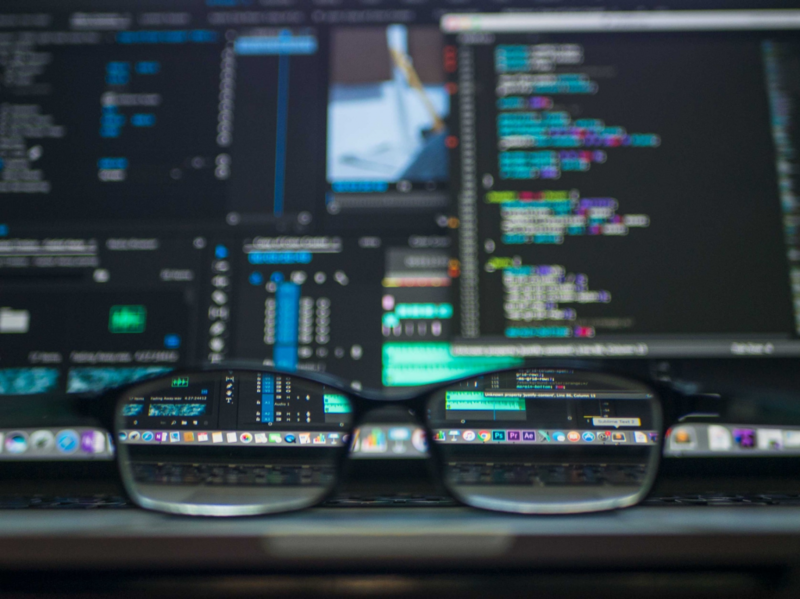Contrary to appearances, personal computers are just as vulnerable to hacking attacks as those belonging to companies and institutions. How to protect your account from a cyberattack? What rules should be implemented in order not to lose money and… sensitive data?
One of the consequences of the COVID-19 pandemic is an increase in the number of hacker attacks. According to data provided by Zscaler, a company providing services related to IT security, the number of hacker attacks increased by 30,000% during the pandemic!
Important: According to Zscaler experts, 1,200 signs of phishing, malicious websites and malware were registered in January. In March, there were already 380,000 of them!
How do hackers steal data?
To obtain login details and other sensitive information, hackers most often use phishing. According to experts, this is the simplest, most effective and most dangerous attack method. By using phishing, scammers pretend to be well-known organizations, websites (including government websites), and email platforms. They then send users infected attachments and links and invite them to login. What happens if the recipient opens an infected file or clicks on a link? The consequences of such activities can be very different. We present some examples of phishing.
A few months ago, Brazilian hackers sent email users a presentation listing the hotels affected by the COVID-19 pandemic. After opening the document, the automatic installation of Trojan occurred.
Apple’s customers also been confronted with the data scamming attempt. An email sender impersonating a well-known brand asked customers to update their private data. As you can guess, the consequence of such a move was data takeover.
Amazon customers received emails asking them to confirm their data with a link enabling them to do so. The sender threatened that if they did not do so, their accounts would be closed within 48 hours. The link led to a form containing questions about the credit card number, card details, expiry date, and CVV code. If an Amazon user, unaware of the threat, filled in the form, he gave hackers all the information they need to make online purchases. Of course, at his own expense.
Important: Verizon research shows that users open approximately 30% of phishing messages, and as many as 12% of them click on an infected link or attachment.
Gaps in the system or human oversight?
Data from the HUMAN FACTOR REPORT 2019 by Proofpoint show that less than 1% of hacker attacks exploited gaps in the system. It is people who are responsible for the vast majority. It is human curiosity that makes users click, download, install, and open malicious content.
Important: Whether hackers attack the organization's computers or focus on individual users, they consistently find human being the most effective infiltration vector, facilitating effective fraud and thefts.
What can you do to protect your computer from hacker attacks?
Being aware of this state of affairs, it is worth implementing actions that will prevent hackers from accessing your computer. What can you do?
- First of all - be careful. Do not open suspicious attachments and links, do not log in to websites that you do not know (especially if the sender calls to do so urgently).
- Watch out for emails written in broken English, especially those promising you to receive a prize. If you received a strange email from the bank, check the sender's address or contact them to verify the authenticity of the message.
- If you're using online banking, use a two-step verification.
- If possible, do not use public wi-fi networks, especially those without a password or requiring login. You have no other choice? Do not log into your bank or invoicing platform during this time.
- Do not automatically save passwords to emails, banks, invoicing software and social networks.
- Invest in a good antivirus program and update it regularly. Hackers put a lot of effort into inventing more and more modern ways to steal data. It’s not enough to install a good antivirus program to disrupt their plans. Regular updates are no less important.
Not only the computer
Remember that not only your computer can be infected, but also your smartphone. To avoid this scenario, please update your phone software regularly. Follow the above-mentioned principles when using online banking, invoicing platform, email platforms and social media. Also, do not open links contained in text messages.

Thanks to 2-step authentication and encryption, your invoices and business information are safe.
Start 30-day free trial
